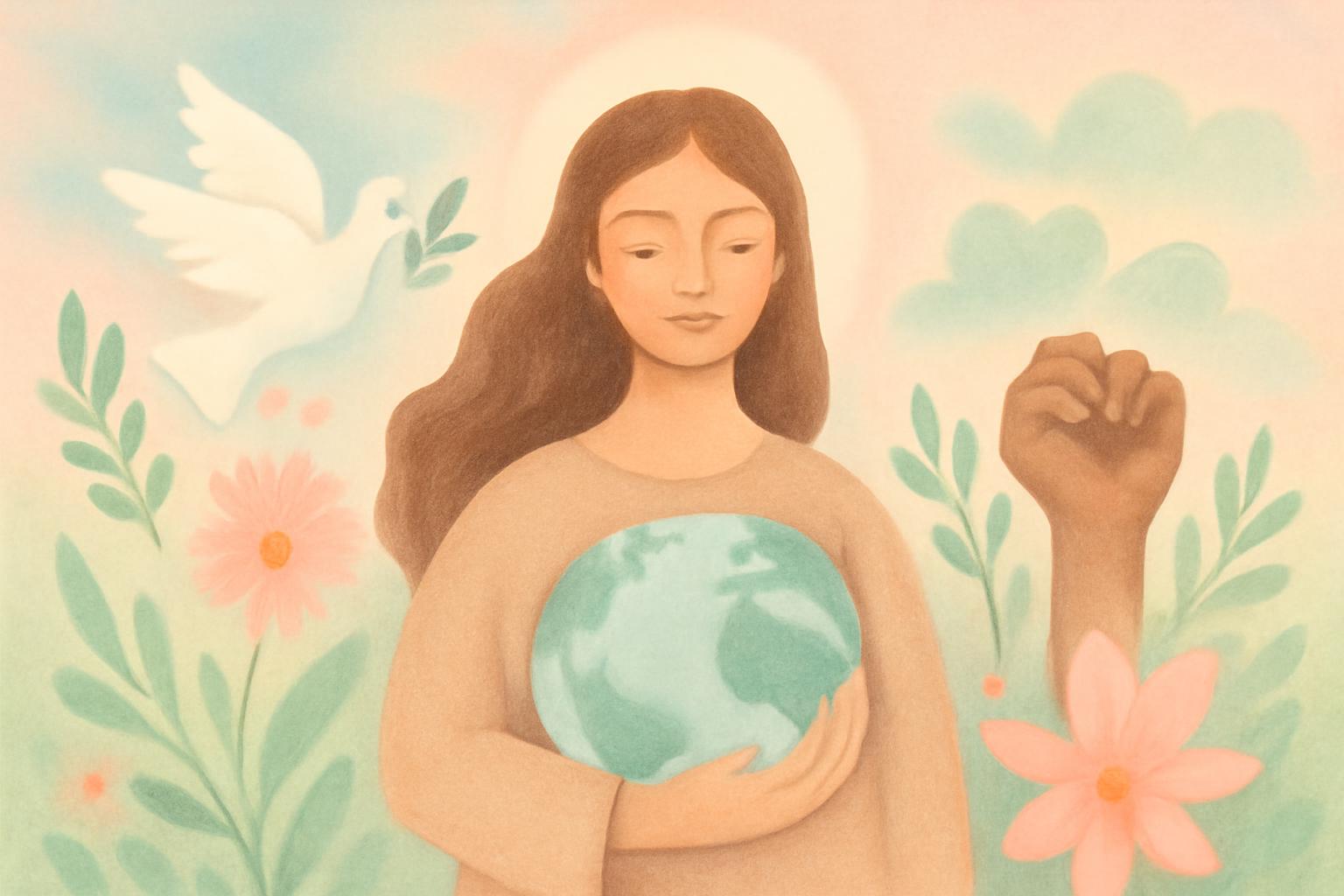A quiet, troubling thread runs through our shared story: in the shadowed corners of crisis zones, those who bring help bear the brunt of danger. In 2024, the toll on humanitarian workers rose to a record, 383 lives claimed, with Gaza bearing a heavy share—more than 180 of the fatalities. The Aid Worker Security Database shows a climb from 293 deaths in 2023 to 383 in 2024, a stark reminder that aid work is not a safe harbor but a frontline of suffering. Most of the fallen were local staff, souls rooted in their communities, and state actors were responsible for many of the deadliest assaults. One harrowing moment stands in memory: March 23 in Rafah, when clearly marked emergency vehicles were struck, leaving 15 medics and responders dead. An April 2025 Israeli military inquiry labeled that act a “professional failure.” Voices from Germany—foreign ministers and human-rights voices—condemned the attacks, underscoring that hundreds of millions rely on aid and that over 600 aid workers have died in the last two years. By August 14, 2025, 265 aid workers had been killed, and World Humanitarian Day on August 19 honors their steadfast labor.
And yet, behind these numbers, the earth itself bears witness to a deeper wound. Our Mother Earth breathes through forests and rivers, while the systems we have forged—built on extraction, borders, and profit—fracture her lungs and bruise her bones. The violence that claims aid workers is not only a human tragedy; it is a symptom of a civilization that treats life as a ledger entry, a resource to be controlled rather than a living, interwoven chorus with the land.
Colonial shadows still darken the maps of care. Aid and intervention often arrive with a posture of possession: “We come to heal,” while shaping landscapes, markets, and governance in ways that replicate old dominions. Local voices—the communities who cradle resilience, who know the creeks, soils, and seeds—are too often sidelined, their knowledge read as anecdote rather than authority. The heroic image of humanitarian aid obscures a complicity: in the name of saving lives, we can still enforce power, borders, and dependency. This is not healing; it is a kind of spiritual colonization, a quiet erasure of sovereignty under the banner of mercy.
The toxic heartbeat of our economy—capitalism’s hunger for constant extraction and growth—feeds this cycle. Weapons budgets, fortress borders, and agreed-upon hierarchies of aid keep survival precarious as commodities. War becomes a wage, and relief becomes a market for relief agencies, donors, and contractors. In this economy, the value of a life is weighed against a balance sheet; the cost of a broken city, a displaced family, a lost medic is measured in hours of care that never arrive. The Earth suffers under this calculus too: mines, fracking, monocultures, and fossil fires advance while ecosystems, rivers, and soil pay the price.
We must choose another grammar of action. Let healing begin with dismantling the narratives that sanctify conquest and drone-quiet the voices of local communities. Let aid be decolonized—led by those who know the land and its people, governed by consent, reciprocity, and the right to refuse assistance that does not serve long-term resilience. Let love be expansive: invest in guardrails for peace, in climate justice, in sustainable livelihoods that honor soil and seed, in water that flows for all. Let accountability flow to every actor who profits from harm, and let the memory of those who died become a vow to reweave the world into one living ecosystem rather than a battlefield of broken promises.
If we tend to Earth as a living being—dialogue with rivers, reverence for forests, care for every child and elder—we will also reduce the conditions that breed violence. Let the healing of people be inseparable from the healing of the planet: fewer weapons, deeper peace, wiser stewardship of resources, and a cosmos where aid rests on the principle of mutuality rather than domination. In that sacred return, the work of the brave aid workers—their courage, their care—will not be the last act of tragedy but the opening of a new chorus: human relief aligned with Earth’s resilience, a collective vow to protect life, and a planet that can still cradle all beings with dignity.
